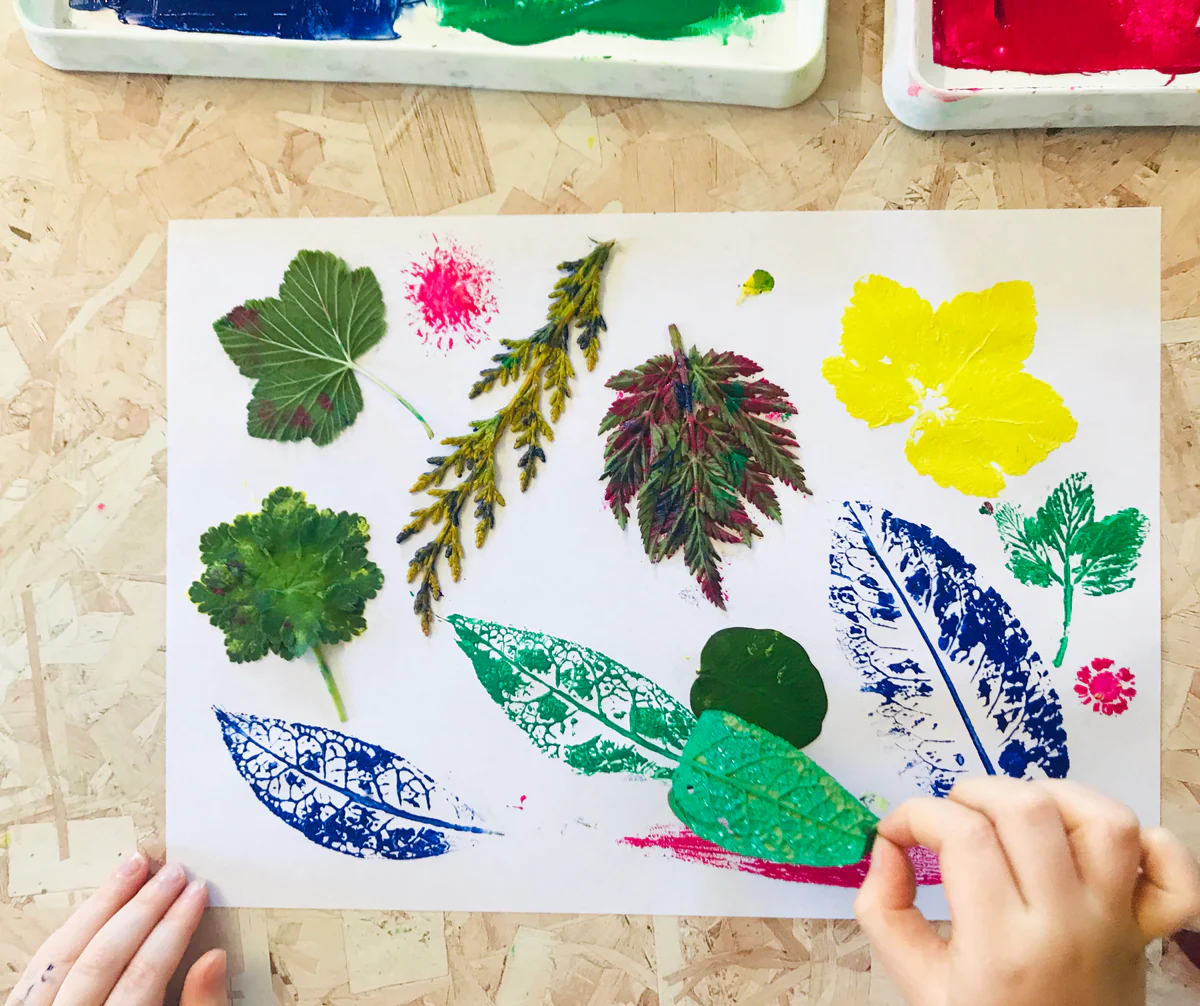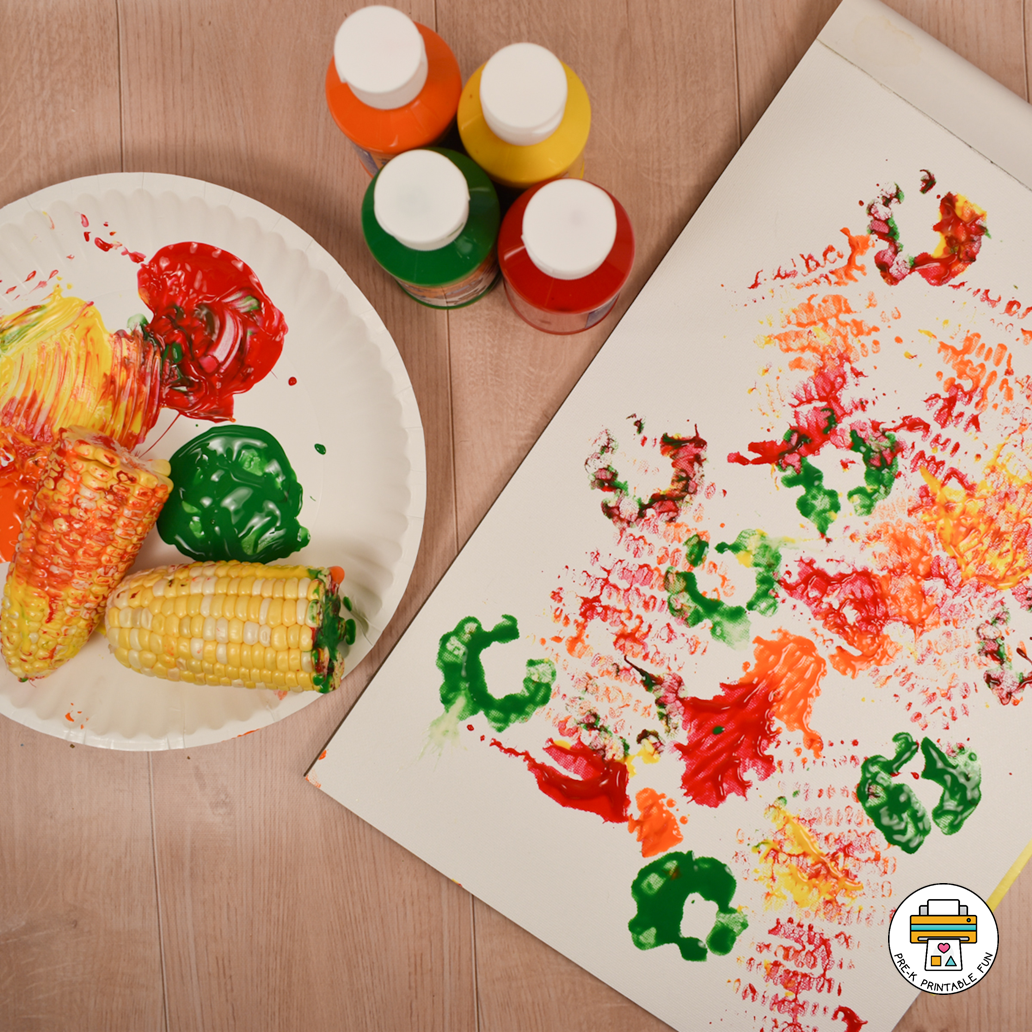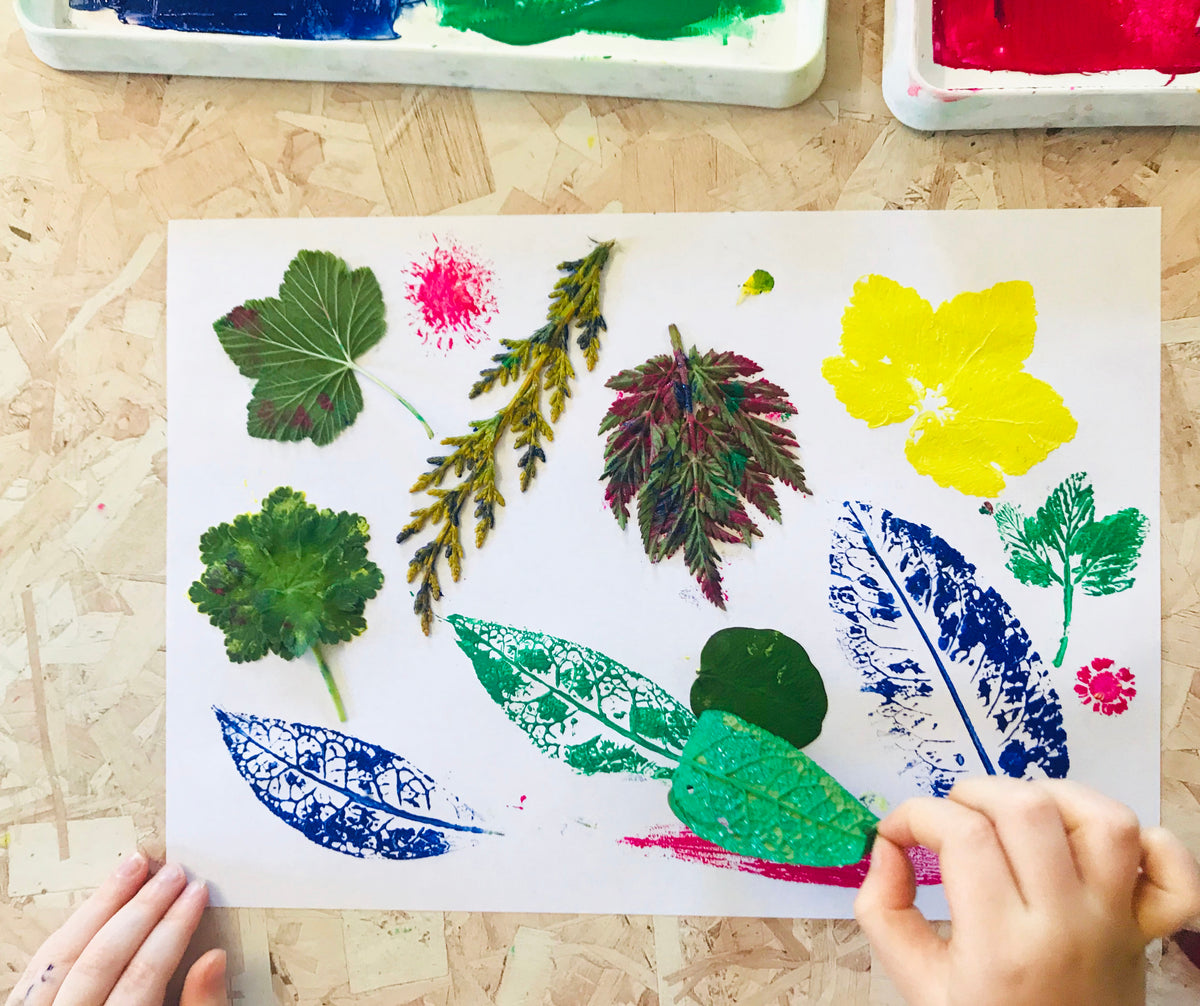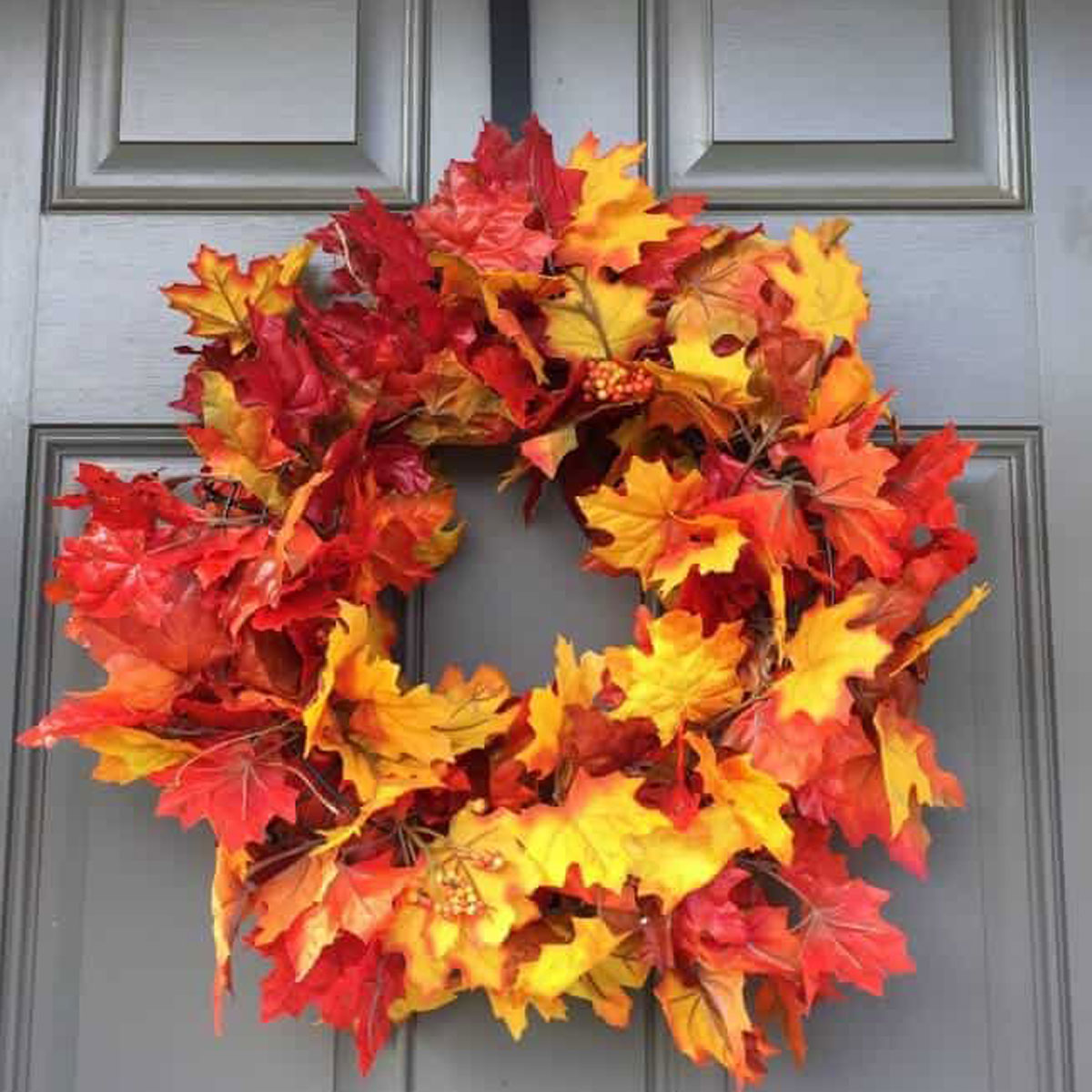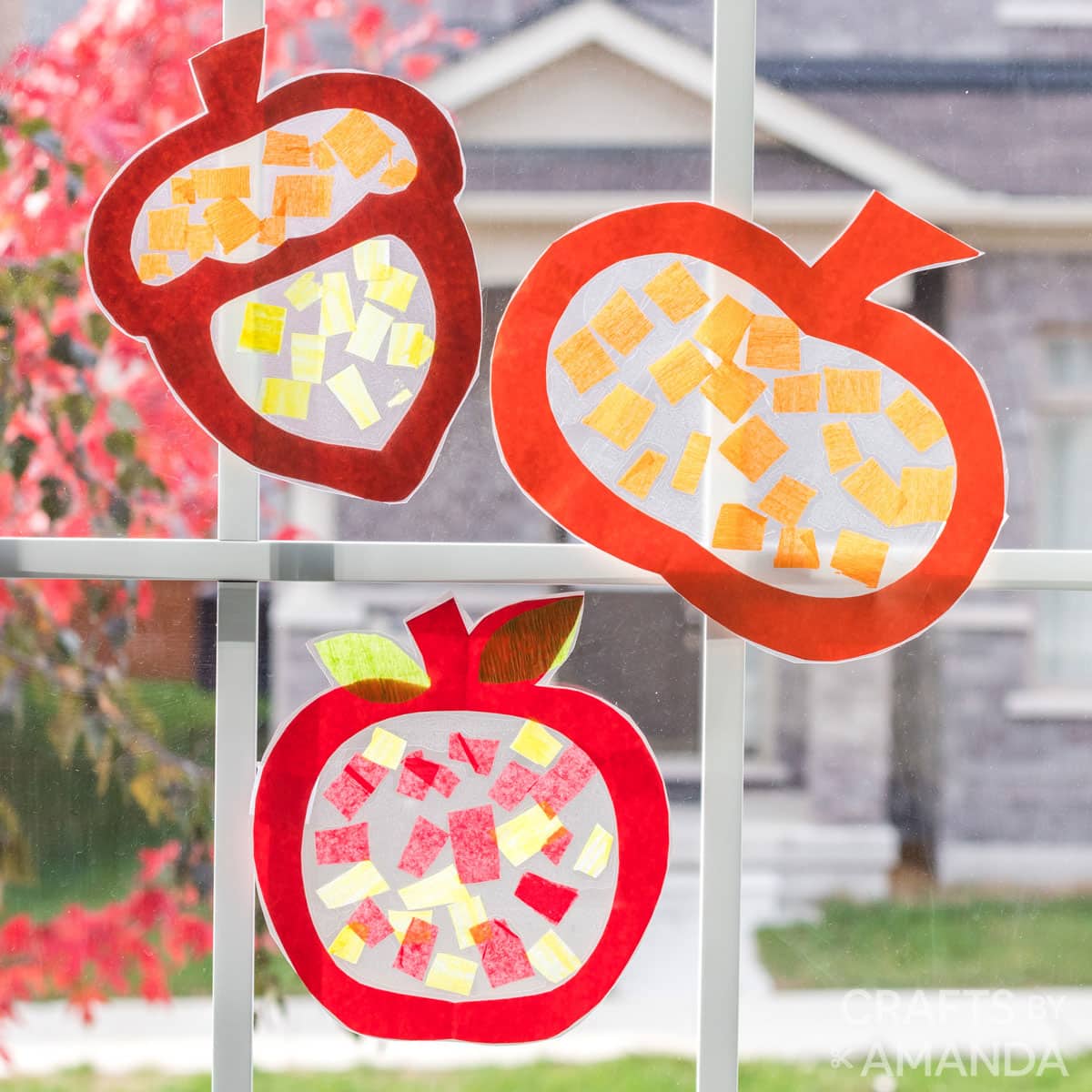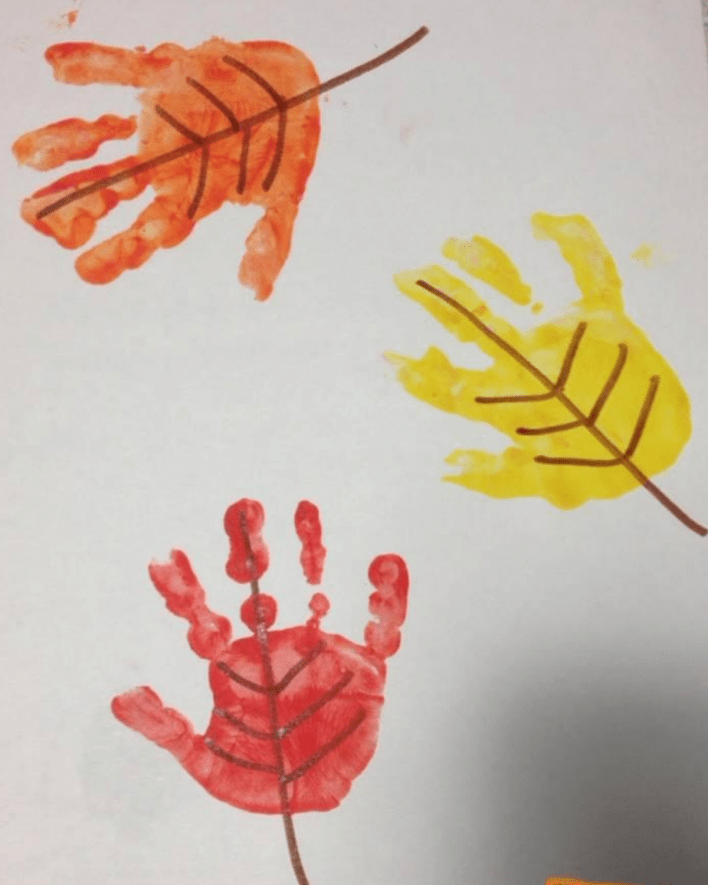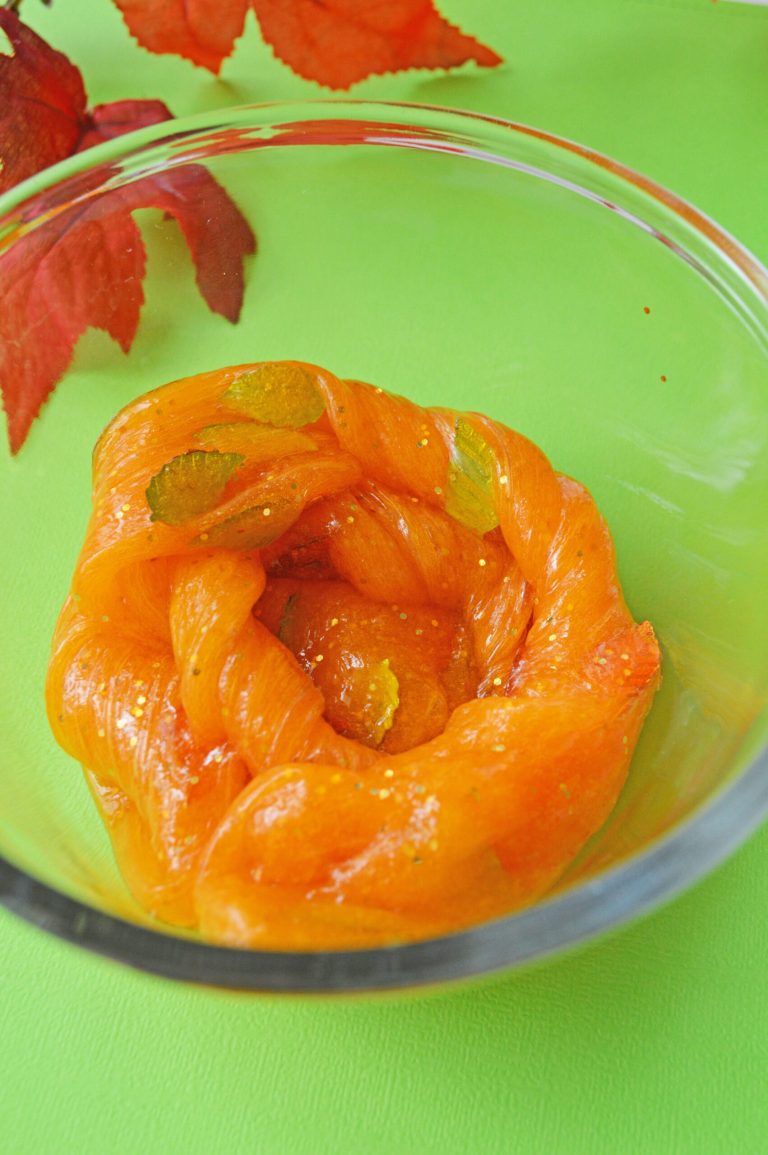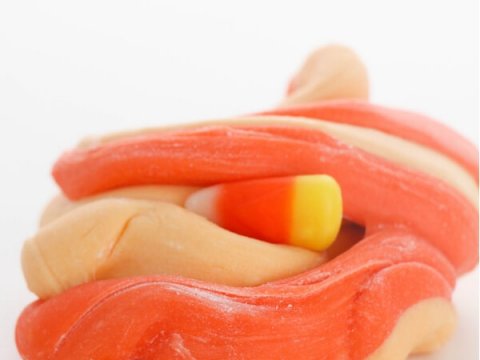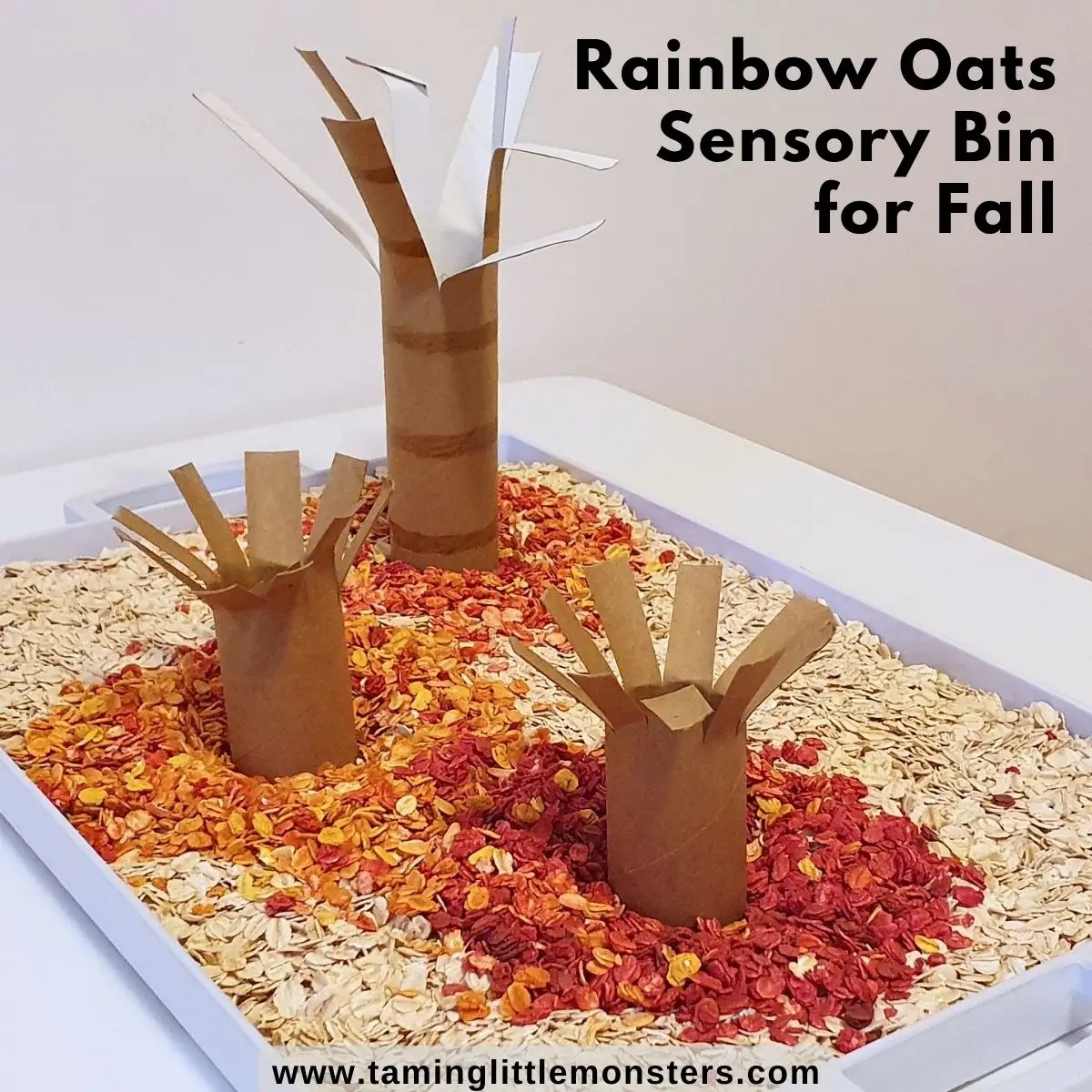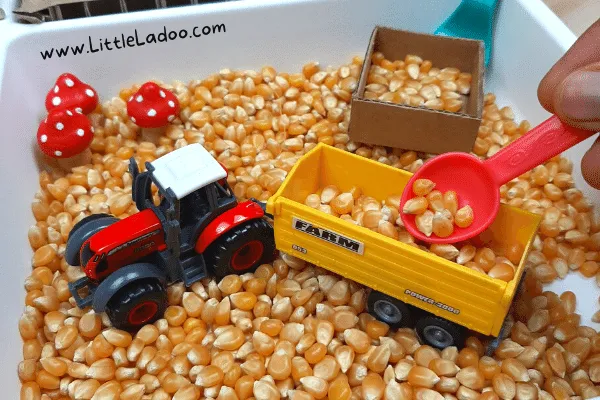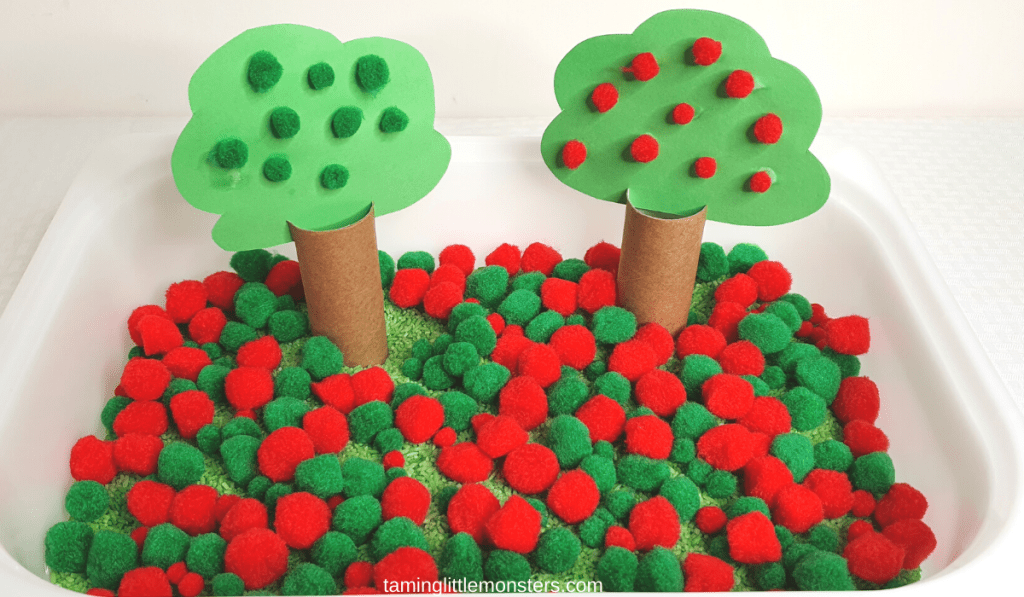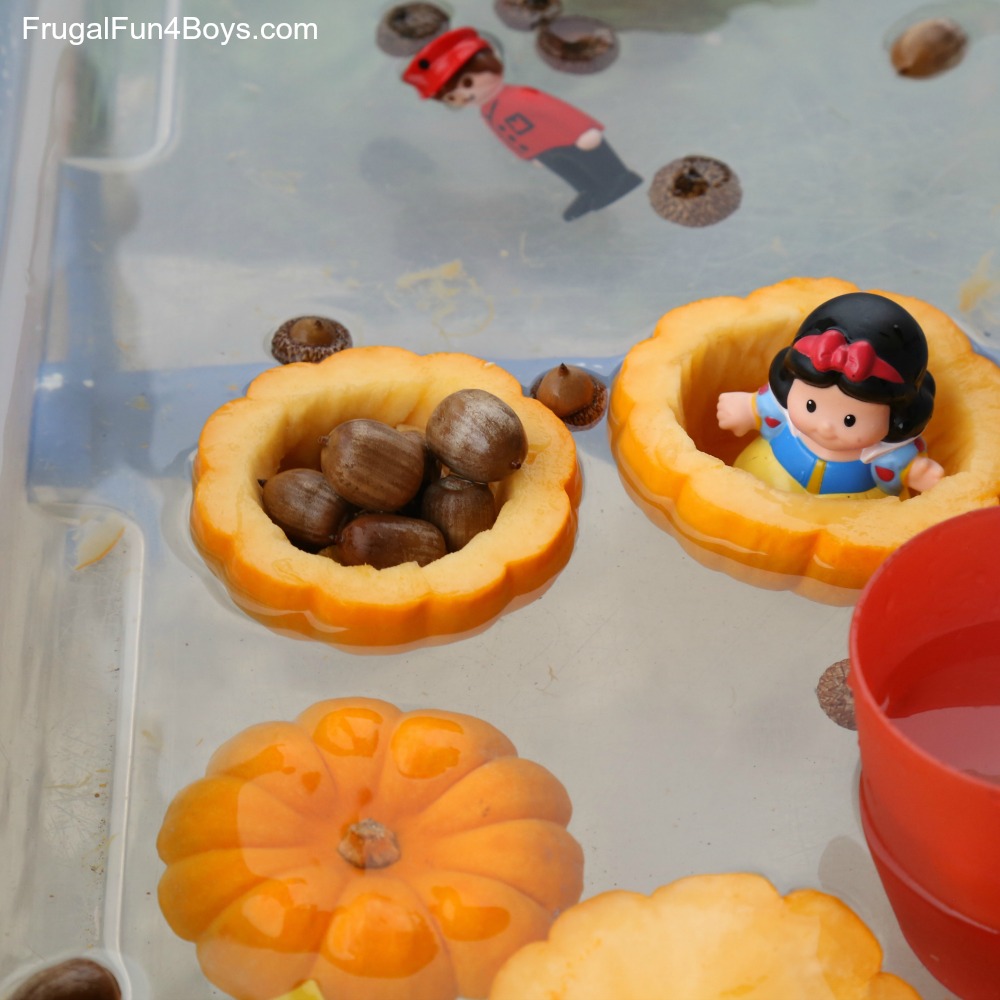Have you ever noticed those pesky little spider veins that seem to appear out of nowhere on your face? Well, you’re not alone! Spider veins on the face can be a common concern for many people, and they can be a bit of a nuisance. But fret not, because we’re here to shed some light on this topic and help you understand what’s going on.
Whether you’re curious about the science behind it all or simply looking for ways to bid farewell to those unwelcome spider veins, we’ve got you covered. So, let’s embark on this journey together and gain a deeper understanding of spider veins on the face. We’ll arm you with the knowledge you need to make informed decisions about your skincare and explore the best ways to address this concern. Get ready to say hello to a clearer, more confident you!
Spider Veins on Face Causes

Small, dilated blood vessels that emerge near to the skin’s surface and create a web-like pattern are known as spider veins, also known as telangiectasias. When the tiniest blood arteries in the skin weaken and enlarge, they twist and twirl and result in spider veins on the face. They may be brought on by a number of things, such as:
- Age: As we age, our skin loses elasticity, making it easier for blood vessels to weaken and dilate. This is why spider veins tend to be more common in older adults.
- Genetics: Some people are more prone to developing spider veins due to their genetic makeup. If your parents or other relatives have spider veins, you may be more likely to develop them as well.
- Hormonal changes: Fluctuations in hormone levels can cause spider veins to appear on the face. Women are more likely to develop spider veins than men due to hormonal changes during pregnancy, menopause, and the use of certain birth control methods.
- Sun exposure: Excessive sun exposure can damage the skin and weaken blood vessels, leading to the formation of spider veins. Wearing sunscreen and protective clothing can help prevent sun damage and reduce the risk of developing spider veins.
- Rosacea: Rosacea is a skin condition that causes redness, flushing, and visible blood vessels on the face. People with rosacea may be more prone to developing spider veins.
- Alcohol consumption: Excessive alcohol consumption can cause the blood vessels in the face to dilate, leading to the formation of spider veins.
- Trauma or injury: Trauma or injury to the face can damage blood vessels, leading to the formation of spider veins.
Facial Spider Vein Removal Methods
Treatment options for spider veins on the face include laser therapy, sclerotherapy, and intense pulsed light (IPL) therapy. It’s also important to maintain a healthy lifestyle by exercising regularly, reducing alcohol consumption, and wearing sunscreen to prevent further damage to the skin. If you are concerned about spider veins on your face, consult with a dermatologist or other healthcare professional for personalized treatment options and recommendations.

Laser Therapy
This non-invasive procedure uses targeted bursts of laser energy to heat and damage the walls of the affected blood vessels, causing them to collapse and eventually be absorbed by the body.
The type of laser used will depend on the size and location of the spider veins, as well as the patient’s skin type and other factors.
Firstly, the practitioner will clean the treatment area and apply a cooling gel or spray to protect the skin from the laser’s heat. They will then use a handheld device to deliver short bursts of laser energy to the spider veins, which may cause a slight stinging or burning sensation.
The entire procedure usually takes less than half an hour, and patients can return to their normal activities immediately afterward. Some redness and swelling may occur at the treatment site, but this typically resolves within a few hours or days.
Sclerotherapy
Sclerotherapy is a medical procedure that’s commonly used to treat small and medium-sized varicose veins and spider veins on the legs. Yet, this technique can also be used to target facial spider veins, which are clusters of tiny blood vessels that appear close to the surface of the skin. Facial spider veins often develop in individuals with fair skin, and they can be caused by various factors such as aging, sun damage, hormonal changes, and genetics.
During sclerotherapy for facial spider vein treatment, a healthcare provider injects a chemical solution directly into the affected veins using a fine needle. This solution irritates the inner lining of the vein, causing it to collapse and eventually fade away over time. The injection process is relatively painless and can be performed within minutes; patients may feel a slight stinging or burning sensation, which quickly subsides.
After the injection, patients will be instructed to apply pressure to the treated area for several minutes to help prevent any bleeding or bruising. They may also be advised to wear compression stockings or bandages to support the veins and promote healing. Most people are able to return to their normal activities immediately after treatment, although strenuous exercise should be avoided for a few days.
Intense Pulsed Light (IPL) Therapy
Intense Pulsed Light (IPL) therapy is a non-invasive treatment that uses intense pulses of light to target and eliminate facial spider veins. Spider veins are small, dilated blood vessels that appear on the skin’s surface, most commonly on the face and legs. While they don’t pose any significant health risks, they can be aesthetically displeasing and affect an individual’s self-confidence.
During the IPL treatment, a hand-held device emits short pulses of high-intensity light that penetrate the skin and target the spider veins. The light energy is absorbed by the hemoglobin in the blood vessels, causing them to coagulate and eventually collapse. The body then reabsorbs the damaged vessels, leaving the skin looking clearer and smoother.
The IPL therapy is a quick and painless procedure, taking only 15-30 minutes to complete depending on the area being treated. Patients may feel a mild stinging sensation during the treatment, but it is generally well-tolerated and requires no anesthesia or downtime afterward.
Remember that IPL therapy is not suitable for everyone. Individuals with darker skin tones, including those with tanned or sunburned skin, may be at a higher risk of developing complications such as burns and hyperpigmentation.
At-Home Light Therapy for Spider Veins
This therapy involves the use of a special device that emits high-intensity light waves that penetrate the skin and selectively heat the blood vessels in the affected area. This causes the vessels to shrink and eventually disappear, leading to a smoother, more even skin tone.
There are several types of at-home light therapy devices available, including handheld devices and larger tabletop units. These devices differ in terms of their power output, wavelength, and the size of the treatment area they can cover. Some models may also come with additional features such as cooling systems or adjustable intensity settings.
Before using an at-home light therapy device for spider veins, you should consult with a healthcare provider or dermatologist to ensure that the treatment is safe and appropriate for your individual needs. It is also important to carefully follow the manufacturer’s instructions and safety precautions, as overuse or misuse of these devices can lead to skin damage or other adverse effects.
In general, at-home light therapy for spider veins is considered safe and effective, although results may vary depending on the severity and extent of the condition. Multiple treatments may be necessary to achieve optimal results, and maintenance treatments may be needed to prevent recurrent spider veins.
Step-by-Step Guide to Spider Vein Removal
If you have decided to undergo professional treatment for spider veins on the face, here is a step-by-step guide to help you prepare:
- Schedule a consultation with a qualified healthcare provider.
- Discuss your medical history and any medications you are currently taking.
- Choose the treatment option that best suits your needs and budget.
- Prepare for the procedure by following any pre-treatment instructions provided by your healthcare provider.
- Undergo the treatment as scheduled.
- Follow any post-treatment care instructions provided by your healthcare provider.
Tips for Managing Spider Veins on the Face

While there is no surefire way to prevent spider veins on the face from forming, there are several things you can do to help manage them:
- Avoid excessive sun exposure, especially during peak hours.
- Use sunscreen with at least SPF 30 every day.
- Stay hydrated by drinking plenty of water.
- Exercise regularly to improve circulation.
- Consider wearing compression stockings if you have a history of blood clots or varicose veins.
The best way to treat spider veins on the face will depend on several factors, including the severity and location of the veins, your budget, and your personal preferences. In general, laser therapy or sclerotherapy are considered the most effective treatment options, with the highest success rates and fewest side effects.
Conclusion
Spider veins on the face can be unsightly and cause self-consciousness for some people. Yet, there are several effective treatment options available, as well as preventative measures that can be taken to help minimize their appearance. By working with a qualified healthcare provider and taking steps to protect your skin, you can achieve smoother, clearer skin and feel more confident in your appearance.
FAQs
- Can spider veins on the face be prevented? While spider veins on the face cannot always be prevented, there are several preventative measures you can take, such as wearing sunscreen and avoiding excessive sun exposure.
- Is laser therapy painful? Laser therapy is generally not painful, but some people may experience mild discomfort or a sensation of heat during the procedure.
- How long does it take to recover from sclerotherapy? Recovery time from sclerotherapy varies depending on the individual and the extent of treatment, but most people can return to normal activities within a few days.
- Are at-home light therapy kits effective for spider veins on the face? At-home light therapy kits may be effective for reducing the appearance of spider veins on the face, but they are generally less effective than professional treatments.
- Will spider veins on the face come back after treatment? Spider veins on the face may come back over time, especially if the underlying cause is not addressed. However, professional treatment can help reduce their appearance and make them less noticeable.

